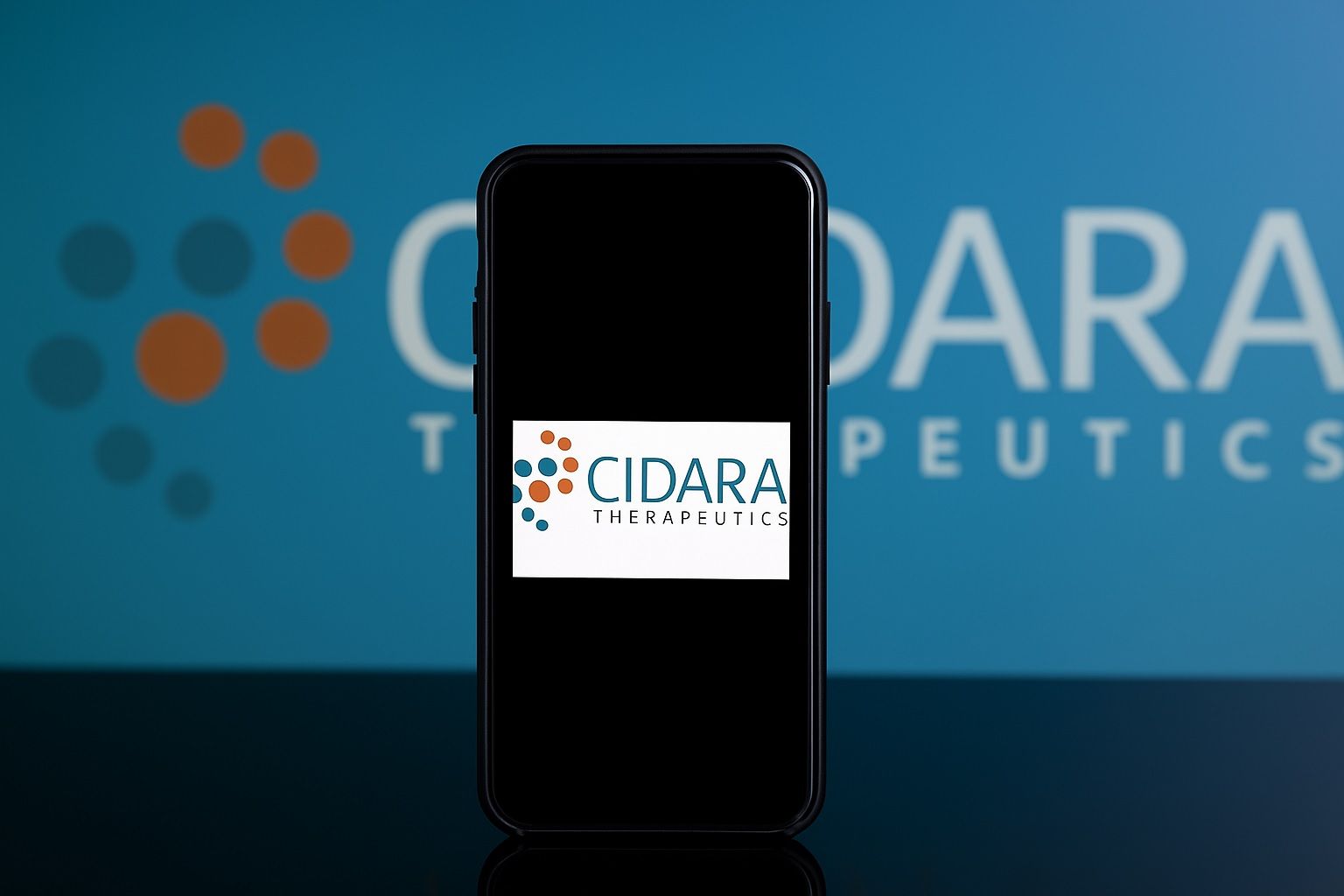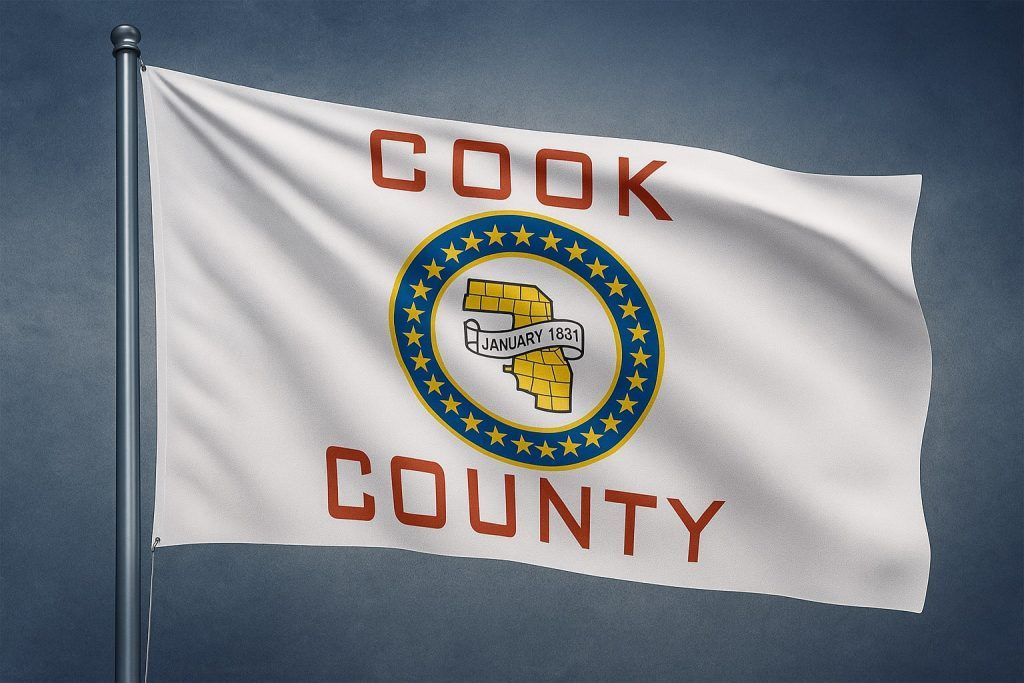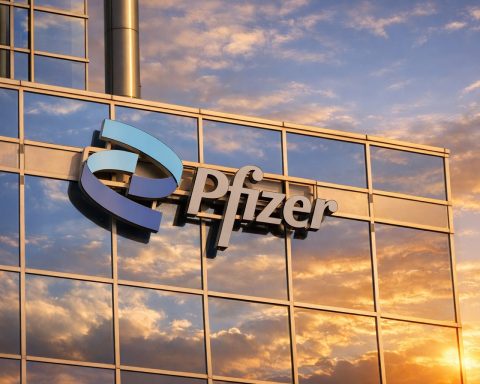Merck & Co. (NYSE: MRK) has agreed to acquire Cidara Therapeutics (Nasdaq: CDTX) in a deal valued at about $9.2 billion, a blockbuster move that gives the pharma giant a late‑stage, long‑acting influenza prevention drug as it prepares for life after cancer juggernaut Keytruda. [1]
Key points at a glance
- Deal size & price: Merck will acquire Cidara for $221.50 per share in cash, valuing the transaction at roughly $9.2 billion, more than double Cidara’s Thursday closing price and implying a premium of around 109%. [2]
- Strategic asset: The prize is CD388, a long‑acting, strain‑agnostic antiviral in Phase 3 that aims to prevent flu with a single dose for an entire season, particularly in high‑risk and older patients. [3]
- Regulatory momentum: CD388 has FDA Fast Track (2023) and Breakthrough Therapy (October 2025) designations and is backed by a $339 million BARDA award to accelerate development. [4]
- Market impact: Analysts and industry observers see potential peak U.S. sales of $2–4 billion for CD388 and a U.S. target population of up to 100 million people, if trial results hold and approvals follow. [5]
- Timing: The deal is structured as a tender offer and is expected to close in Q1 2026, subject to antitrust and other customary approvals. [6]
Deal terms: a rich premium for a single late‑stage asset
Under the definitive agreement announced this morning, Merck will, through a subsidiary, launch a tender offer to purchase all outstanding shares of Cidara for $221.50 per share in cash. That price represents a 108.9% premium to Cidara’s last closing price of $105.99 and values the transaction at about $9.2 billion. [7]
Reuters calculates the equity value of the deal at roughly $6.96 billion, with the higher $9.2 billion headline figure reflecting the overall transaction value, including adjustments and assumed items. [8]
The transaction has been unanimously approved by the boards of both companies. To close, it still requires: [9]
- A majority of Cidara shareholders to tender their shares
- Expiration or termination of the waiting period under the Hart‑Scott‑Rodino Antitrust Improvements Act
- Other standard closing conditions
Merck expects the acquisition to be accounted for as an asset acquisition and to close in the first quarter of 2026. [10]
Market reaction
News of the takeover sent Cidara shares soaring, with pre‑market trading showing the stock roughly doubling to around $216, reflecting investor enthusiasm for the rich premium and the perceived de‑risking of CD388 after strong mid‑stage data. [11]
Merck’s shares, by contrast, moved only modestly, a typical pattern when large acquirers write big checks for long‑dated pipeline bets. Early commentary from analysts frames the acquisition as another “pipeline replacement” play ahead of the Keytruda patent cliff later this decade. [12]
Why Merck is betting big on flu prevention
The strategic center of this deal is CD388, Cidara’s lead experimental drug. It represents a new approach to preventing influenza, one that does not rely on traditional vaccines.
CD388 in a nutshell
According to Merck and Cidara, CD388 is: [13]
- A drug‑Fc conjugate (DFC): multiple copies of a potent small‑molecule neuraminidase inhibitor attached to a proprietary Fc fragment of a human antibody
- Long‑acting and strain‑agnostic: designed to protect against both influenza A and B, regardless of seasonal strain drift
- Administered as a single dose with the goal of season‑long protection
- Not a vaccine: its efficacy doesn’t depend on the patient mounting an immune response, making it especially promising for immunocompromised people and older adults
In the mid‑stage Phase 2b NAVIGATE trial in healthy, unvaccinated adults aged 18–64, different CD388 doses cut the risk of symptomatic, lab‑confirmed influenza by about 58% to 76% over 24 weeks compared with placebo, with the highest dose delivering the 76% protection figure that has grabbed headlines. [14]
Those data led the FDA to grant Breakthrough Therapy Designation in October 2025, building on an earlier Fast Track designation. The U.S. Biomedical Advanced Research and Development Authority (BARDA) also awarded Cidara $339 million to help fund late‑stage development—clear signals of government interest in tools that could blunt both seasonal and pandemic influenza. [15]
Phase 3 ANCHOR: the pivotal test
CD388 is now being tested in Phase 3 ANCHOR, a randomized, double‑blind, placebo‑controlled trial that aims to enroll about 6,000 participants across roughly 150 sites in the U.S. and U.K. [16]
Key features of the ANCHOR study include:
- Population: Adults and adolescents at high risk of flu complications, including those with serious comorbidities or immunocompromise, plus generally healthy adults aged 65+ after FDA feedback encouraged broadening the trial. [17]
- Design goal: Demonstrate that a single dose of CD388 can prevent symptomatic, lab‑confirmed influenza across an entire flu season. [18]
- Timelines: First participants were dosed in September 2025, with an interim analysis expected in Q1 2026 after the Northern Hemisphere flu season. [19]
Merck has signalled that positive results from this single Phase 3 trial could be sufficient for a U.S. BLA filing in high‑risk populations, creating a potential launch window around the turn of the decade if everything goes according to plan. [20]
Flu vaccines vs. long‑acting antivirals: complement, not replacement
Today’s flu prevention toolbox is dominated by seasonal vaccines, which need to be reformulated each year and typically offer 40–60% effectiveness in the real world, depending on how well the vaccine strains match circulating viruses and how robust the individual’s immune system is. [21]
Merck and Cidara are positioning CD388 not as a direct vaccine killer, but as a complementary option for groups where vaccines perform poorly or are underused: [22]
- Older adults (65+), whose immune responses to vaccines are often blunted
- Cancer patients, transplant recipients and others on immunosuppressive therapies
- People with chronic illnesses like COPD, heart disease, or diabetes, who are at higher risk of serious flu complications
- Individuals who refuse or avoid vaccines but might accept a one‑time antiviral injection each season
Global influenza remains a major health burden, causing an estimated 1 billion infections per year, with 3–5 million severe cases and up to 650,000 deaths worldwide. In the U.S. alone, Merck’s materials cite thousands of deaths annually linked to flu. [23]
If CD388’s Phase 3 results echo the Phase 2 data, a long‑acting antiviral that neutralizes circulating virus regardless of strain could become a new pillar of seasonal and pandemic preparedness, particularly for vulnerable populations.
How Cidara fits into Merck’s post‑Keytruda strategy
Merck’s interest in Cidara goes far beyond a single flu season.
Filling the Keytruda gap
Keytruda, Merck’s blockbuster cancer immunotherapy, generated nearly half of the company’s revenue last year, but key U.S. patents are set to expire around 2028. That looming “patent cliff” has pushed Merck into an acquisitive phase, targeting late‑stage or newly commercial assets that can generate multi‑billion‑dollar sales well into the 2030s. [24]
Recent deals underscore that strategy:
- Verona Pharma – $10 billion (2025): Merck agreed to acquire Verona, gaining Ohtuvayre, a first‑in‑class inhaled drug for COPD already approved by the FDA and expected to reach multi‑billion‑dollar peak sales. [25]
- EyeBio – up to $3 billion (2024): Merck bought EyeBio to expand its ophthalmology franchise, adding investigational antibody Restoret (EYE103) for retinal disease. [26]
- Acceleron – $11.5 billion (2021): Brought in pulmonary arterial hypertension drug Winrevair, now seen as a long‑term growth driver, and frequently cited alongside Verona and now Cidara as examples of Merck’s deal “sweet spot.” [27]
CD388 fits this pattern: an asset that is de‑risked by strong mid‑stage data, backed by favourable regulatory designations, and positioned in large, chronic markets where Merck can leverage its global commercial infrastructure.
How big could CD388 be?
While projections vary, several industry analyses and recent reports suggest: [28]
- Peak U.S. sales estimates: roughly $2–4 billion
- Global market potential: mid‑single‑digit billions when including broader high‑risk and older adult populations
- Target population expansion: FDA‑encouraged broadening of the Phase 3 trial means CD388 could address more than 100 million people in the U.S. alone, if future labeling is wide enough
For Merck, that kind of long‑duration revenue profile aligns neatly with the period when Keytruda revenue will likely begin to erode and the company will be relying heavily on new franchises in respiratory disease, infectious disease, ophthalmology and cardiovascular medicine. [29]
What Cidara brings beyond one drug
Cidara is more than just CD388; it’s also a platform company.
The San Diego–based biotech has spent years developing its Cloudbreak® drug‑Fc conjugate platform, which pairs small molecules or peptides with antibody fragments to deliver long‑acting, targeted antivirals and oncology therapies. [30]
Other notable points:
- Cidara previously brought antifungal Rezzayo (rezafungin) to market but has since divested its rights, allowing management to concentrate on CD388 and the broader DFC pipeline. [31]
- The DFC modality could, in principle, be extended beyond influenza to other viral threats or even cancer targets, offering Merck a technology toolkit rather than a one‑off product. [32]
For Merck, that platform angle is attractive: even if CD388’s commercial trajectory ends up more modest than the most bullish forecasts, a versatile DFC architecture could seed future candidates in infectious diseases and oncology.
Risks, antitrust, and what to watch next
As with any large biotech acquisition, there are open questions.
Clinical and regulatory risk
- Phase 3 is still underway. The ANCHOR trial must confirm not just efficacy but a clean safety profile in older and high‑risk patients, who can behave differently from the healthy volunteers in NAVIGATE. [33]
- Regulators may scrutinize the data closely, especially given the novelty of DFCs and the potential for very broad use in vulnerable populations.
- Pricing and access will be sensitive topics: a once‑per‑season infused antiviral could be expensive, and payers will weigh its benefits against cheaper annual vaccines and existing antivirals like oseltamivir.
Antitrust and policy scrutiny
While influenza prevention is less crowded than some oncology or cardiovascular niches, large pharma M&A is increasingly under the microscope from U.S. and European regulators. The deal’s HSR review will examine whether adding a powerful new flu prevention tool to Merck’s growing respiratory portfolio might concentrate too much power in one company’s hands. [34]
Still, because CD388 addresses a space with few truly comparable options, antitrust experts generally expect a smoother path than in markets with direct overlapping products.
Near‑term milestones to track
Investors, clinicians and public‑health watchers will be focused on:
- Tender offer launch and shareholder response – including any signs of competing bids resurfacing after what FT described as a competitive process. [35]
- HSR and other regulatory clearances, especially in the U.S. and key international markets. [36]
- Q1 2026 interim readout from ANCHOR, which will be the first big test of whether CD388 can truly deliver season‑long protection in high‑risk and older adults. [37]
- Updated sales and market‑size guidance from Merck as it integrates Cidara into its broader respiratory and infectious disease strategy.
Bottom line
On November 14, 2025, Merck’s agreement to buy Cidara Therapeutics for $9.2 billion cements one of the year’s most closely watched biotech deals and underscores just how valuable differentiated infectious‑disease assets have become in the post‑pandemic era.
For Merck, the acquisition is both a defensive move—shoring up growth ahead of Keytruda’s patent expiry—and an offensive bet that a new class of long‑acting antiviral could redefine how the world protects its most vulnerable people from influenza.
For Cidara, it’s a validation of a decade‑long bet on drug‑Fc conjugates and a chance to bring CD388 to market with the backing of a global pharma powerhouse. Whether this bold wager pays off will depend heavily on the upcoming Phase 3 results—but for now, the flu‑prevention race has a new, very big favourite.
References
1. www.reuters.com, 2. www.reuters.com, 3. www.merck.com, 4. www.merck.com, 5. pharmaphorum.com, 6. www.merck.com, 7. www.reuters.com, 8. www.reuters.com, 9. www.merck.com, 10. www.merck.com, 11. www.reuters.com, 12. www.ft.com, 13. www.merck.com, 14. www.reuters.com, 15. finance.yahoo.com, 16. www.merck.com, 17. www.cidara.com, 18. www.cidara.com, 19. www.merck.com, 20. www.merck.com, 21. www.merck.com, 22. www.merck.com, 23. www.merck.com, 24. www.barrons.com, 25. www.merck.com, 26. www.msd.com, 27. www.reuters.com, 28. pharmaphorum.com, 29. www.ft.com, 30. www.merck.com, 31. pharmaphorum.com, 32. www.globenewswire.com, 33. www.merck.com, 34. www.merck.com, 35. www.ft.com, 36. www.merck.com, 37. www.merck.com










